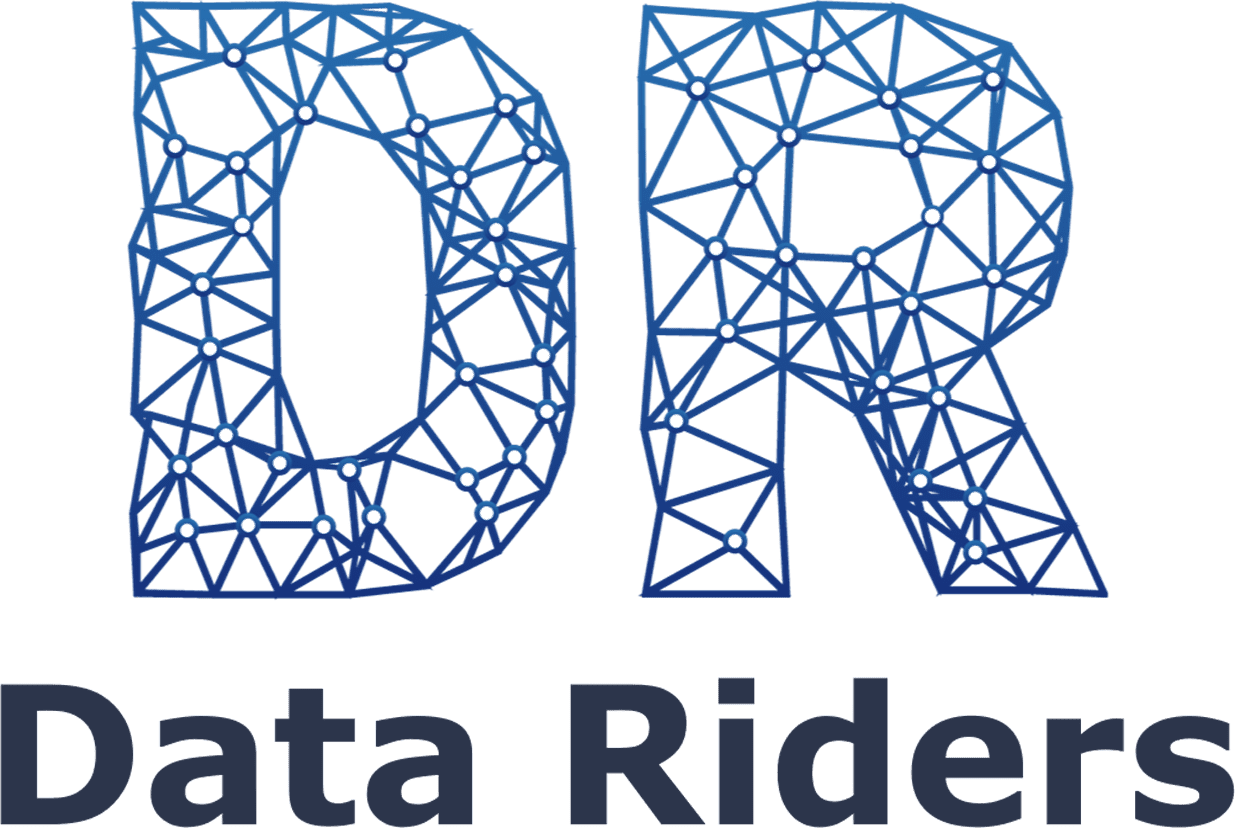Building meaningful connections in the mining industry
The mining industry is at a decisive moment, in which sustainable practices are intertwined with community engagement, driven by the Protocol on Relations with Indigenous Peoples and Communities, which acts as a guide in this process.
This protocol, part of the Mining Association of Canada’s (MAC) Towards Sustainable Mining (TSM) initiative, establishes a benchmark for mining companies to build and maintain respectful and mutually beneficial relationships with Indigenous communities and other interest groups.
It is essential for industry experts and executives to incorporate these guidelines into their operations, not just as a requirement for compliance, but as a key pillar for sustainable success.
The Core of the Protocol: 5 Indicators of Success
The Protocol on Relations with Indigenous Peoples and Communities is structured based on five critical performance indicators, which function as pillars for effective community engagement in mining:
Indicator 1: Identification of communities of interest (COI)
Establishing a process to identify communities and groups affected by mining activities is the first step to meaningful engagement. This process goes beyond a simple listing, involving a dynamic and inclusive approach to understanding the diverse interests and concerns of different actors.
Indicator 2: Engagement and effective dialogue with IOCs
Engaging is not fulfilling a formality. It is about creating channels for ongoing dialogue, understanding the views of communities and building trust. This indicator highlights the importance of transparent, culturally sensitive and accessible communication.
Indicator 3: Engagement and effective dialogue with indigenous peoples
Recognizing the unique rights and histories of indigenous peoples, this pillar focuses on building meaningful relationships based on respect, consent, and mutual benefit. It reinforces the need for mining companies to understand and integrate indigenous perspectives into their decision-making processes.
Indicator 4: Management of impacts and benefits for the community
This indicator guides companies in identifying, mitigating, and communicating the impacts of their operations, ensuring that negative effects are minimized and benefits to the community are maximized. It is about transforming possible challenges into opportunities for local development.
Indicator 5: Mechanism of response to COIs
Listening and response mechanisms are essential for accountability and continuous improvement. This aspect of the protocol ensures that communities’ concerns and complaints are acknowledged, addressed, and resolved in a timely and respectful manner.
Each indicator is evaluated based on five performance levels (C, B, A, AA, YY), with specific criteria that define the expectations for each level. This structured approach allows for a clear understanding of current performance and areas for improvement.
The protocol is also designed to encourage continuous improvement in relations with indigenous peoples and communities, reflecting a commitment to respectful, effective and mutually beneficial engagement practices.
Towards a sustainable future: The role of mining executives and experts
For executives and experts in the mining sector, adopting the Protocol on Relations with Indigenous Peoples and Communities is not just about meeting a standard — it is about leading with integrity and a vision of the future. The protocol offers a strategic plan to integrate sustainable practices into the core of the business model, fostering a culture of respect, collaboration, and shared value creation.
The journey towards sustainable mining requires a commitment to transparency, continuous learning, and the ability to adapt. By embedding these principles at the heart of mining operations, the industry can address contemporary challenges more effectively, turning potential conflicts into collaborative success stories.







